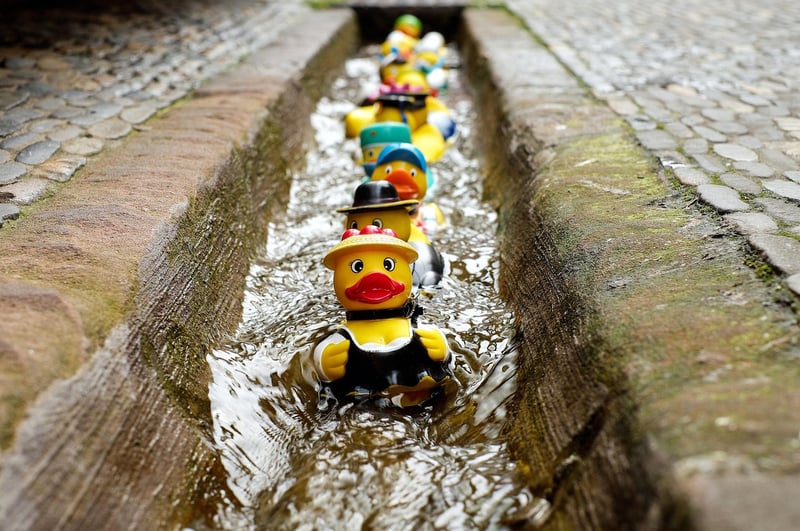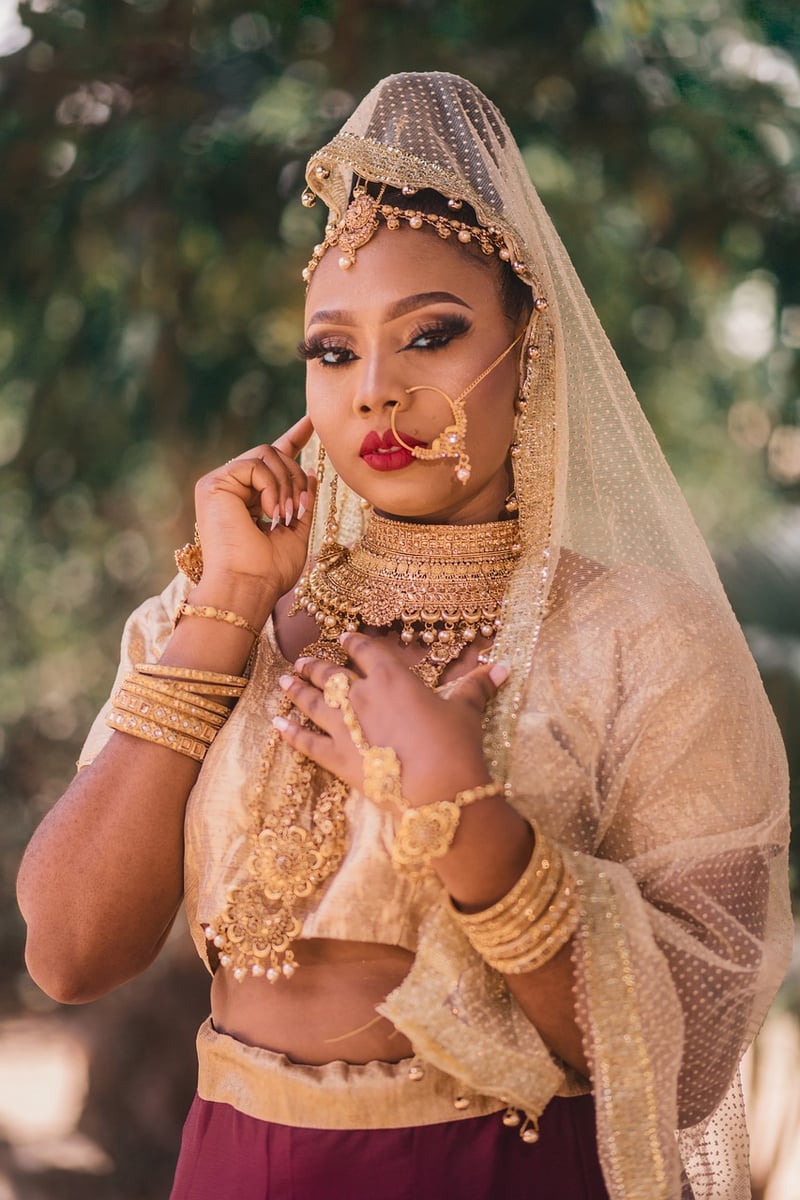Historical Attire
Essential Tools and Preparations for Historical Attire
Stepping into the world of historical attire can be a fascinating journey filled with intricate details and timeless elegance. Whether you're preparing for a reenactment, a themed event, or simply indulging in historical fashion, having the right tools and preparations is crucial to achieving an authentic look. Here are some essential items and steps to consider when delving into historical attire:
1. Research and Inspiration
Before diving into creating your historical outfit, it's essential to research the specific time period, social status, and region you are aiming to portray. Look for paintings, fashion plates, and historical garments to gather inspiration and understand the key elements of the era.
2. Fabric Selection
Choose fabrics that are historically accurate for the period you are focusing on. Natural fibers like linen, wool, silk, and cotton were common in earlier centuries. Pay attention to colors and patterns that were popular during that time.
3. Sewing Tools
Invest in basic sewing tools such as needles, thread, pins, scissors, and a measuring tape. If you are new to sewing, consider taking a beginner's sewing class or tutorial to hone your skills.
4. Patterns or Draping Techniques
Use historical patterns or learn draping techniques to create the silhouette and structure of the garments accurately. There are many historical pattern companies that offer authentic designs for different eras.
5. Accessories and Trimmings
Accessories play a crucial role in completing your historical look. Consider adding bonnets, gloves, jewelry, hand fans, and other period-appropriate accessories to enhance your outfit.
6. Hairstyling and Makeup
Research hairstyles and makeup trends of the era you are portraying. Practice different styles to complement your outfit and complete the overall look.
7. Footwear
Don't forget about historically accurate footwear. Boots, shoes, and slippers varied depending on the time period and social status, so choose footwear that matches your outfit.
8. Confidence and Posture
Lastly, embody the character of the time period with confidence and proper posture. Historical attire often comes with specific mannerisms and etiquettes, so practice carrying yourself in a manner befitting the era.
Historical Attire Inspiration

Exploring historical attire is not just about dressing up; it's about immersing yourself in a bygone era and experiencing the lifestyle and fashion of the past. With the right tools, preparations, and attention to detail, you can bring history to life through your wardrobe.
Remember, historical attire is a form of art and storytelling, so embrace the creativity and craftsmanship that goes into each garment you create or wear.
